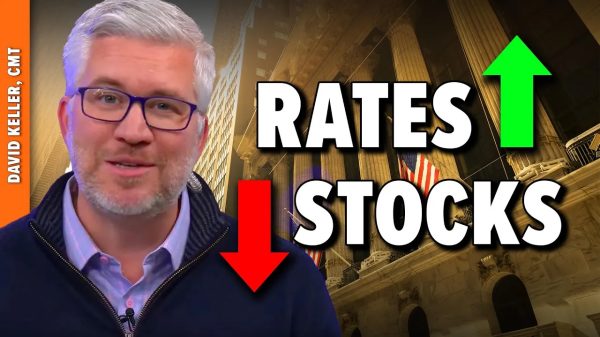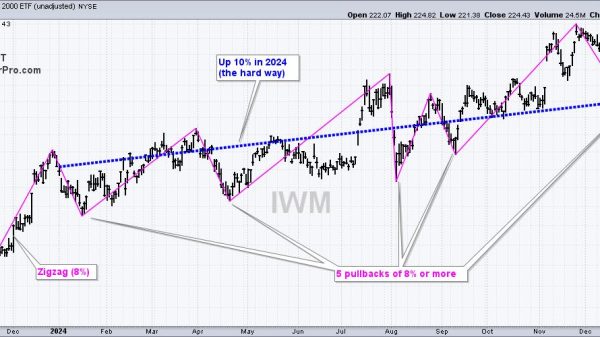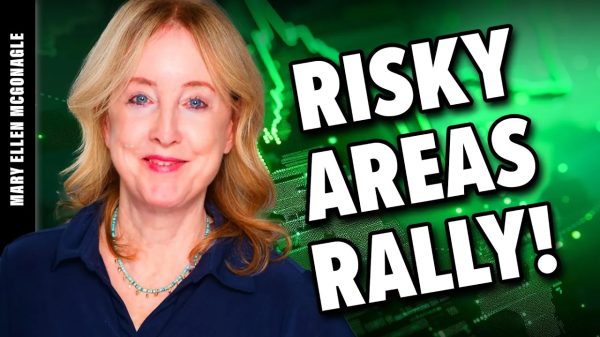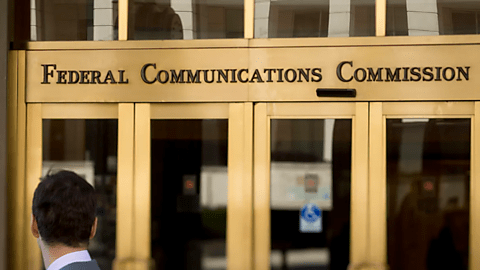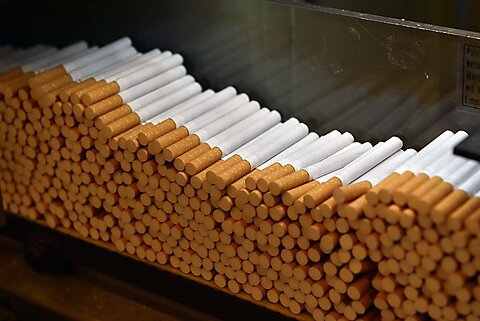Walter Olson
The secret ballot was won in a hard‐fought reform campaign late in the Nineteenth Century and has been fundamental to American election practice ever since. It helps safeguard individuals’ right to vote their conscience against the threat of retaliation or intimidation, which had been common practice in some localities when voters’ choice of ballot was publicly visible. It also tends to curb explicit vote‐buying, a practice still common in some other electoral systems, by interfering with the extent to which a would‐be bribe provider can check on whether any given recipient followed through on his or her end of the bargain.
Ballot confidentiality can, however, stand in tension with another essential element of elections, transparency, which (among its other values) is a front‐line defense against election maladministration, fraud, and mistaken claims of fraud. For that reason, some officially held facts about your voting history — such as whether you are registered to vote, which elections you may have voted in or skipped, and in which party’s primaries you participated — are ordinarily a matter of public record, whatever the incidental loss of privacy.
As voting rules and practices have changed in recent decades — driven in part by new technologies, legal mandates, and voter preferences — a number of new practices have implicated privacy, so far mostly in manageable ways. To begin with the most frivolous, the rise of Instagram led to the occasional fad for election‐booth selfies showing a filled‐out ballot. Although many states had laws on their books against taking photos in the election booth, hardly anyone cared, in part because of the lack of evidence that any harm resulted. (It might be different had there been reports of people submitting their completed selfie to the local party headquarters in exchange for a frozen turkey or whatever.) Still, this helps explain why election planners still consider it desirable for some stages of the voting process to be “receipt‐free,” even as “the receipts” has come to stand in popular discussion as the very model of a good argument‐settler.
Two developments on the current election scene bid to pursue important objectives while also making the system at least slightly less “receipt‐free.” In the case of one — ballot tracking and notification — the benefits almost certainly outweigh the present risks. To quote my forthcoming paper on election reform for the Nevada Policy Research Institute:
Ballot tracking, much like the tracking of a sent physical package, enables voters to go online and follow the stages of their ballot from receipt through identity authentication to tabulation. Notification is the same process but with the state doing the initiating: authorities collect voters’ preferred contact method (text, email, etc.) on a voluntary basis and then send a notification at each significant stage, as well as notifying them at the start that a blank ballot has been sent to them.
…Experience indicates that these services enhance voter satisfaction. But creating happy customers is only the start, since the services are also an important security measure. Should someone receive a “we have received your vote” notification who has not in fact voted, he or she can respond accordingly and provide the basis for starting an investigation. Voters can also serve as first line monitors of assorted problems such as mail delays, with a pattern of responses sometimes helpful in troubleshooting what may have gone wrong. And, of course, voters can learn quickly about any problem with their ballot such as a missing date or disputed signature – quickly enough to resolve matters before the crunch.
Ballot tracking and notification pose relatively scant danger to voter privacy — perhaps occasionally via a shared email account someone will learn that a spouse has voted, though not how. Most states have now moved to adopt the practices, and that seems a good thing to me.
In the case of the other development involving privacy, the release of cast vote records and ballot images, things do get more complicated. I’ll save that discussion for another post. And I’ve written previously about what I see as the most distinctive current danger to ballot privacy, namely letting political operatives participate in the handling and even sometimes the filling out of mail ballots.






